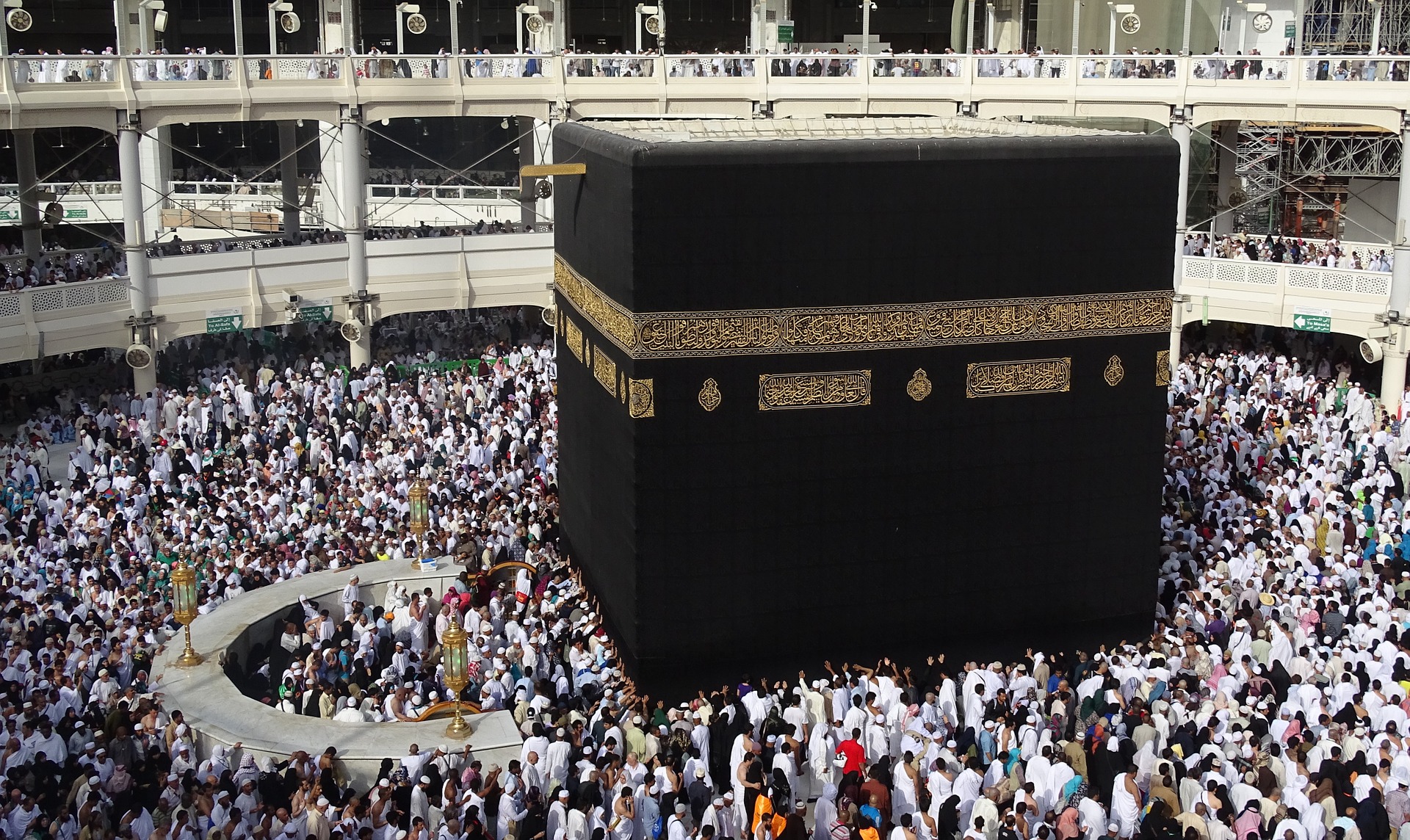What is Hajj sickness?

The Saudi General Authority for Statistics reports close to 2.5 million pilgrims making their way to Mecca for their pilgrimage this 1440 Hijri calendar year. The exact figure being 2,489,406 of which 1,855,027 were travelers from abroad. The mix of almost all the nations of the world in such a massive scale in a single place allows for the spread of diseases extremely easily. One of these diseases we are so familiar with is the notorious “Hajj Bali” spoken through generation on generation it almost seems as if coming back from hajj without experiencing the dreaded “Hajj Bali” is almost impossible. The symptoms include coughing, cold and fever. It seems important to understand more about this illness on a scientific basis.
The fact of the matter is there is no single disease called “Hajj Bali” but rather this term refers to similar symptoms shown from a variety of diseases of which most common are respiratory diseases. Two categories are seen one is the upper respiratory tract infections and the second is the lower respiratory tract infections. The upper respiratory infections or ARIs are usually caused by strains of influenza virus. The symptoms include:
- Coughing
- Sore throat
- Cold
- Fever
- Sputum production
- Malaise
- Rhinorrhea
The latter type, Lower respiratory infection is dominated by pneumonia cases. In fact, in the year 2003, 39 percent of the recorded Hajj patients admitted were pneumonia patients, of which had a 17 percent mortality rate. This is usually caused by an invasive bacterium in most cases Mycobacterium Tuberculosis. This specific bacterium racks up about 72 percent of the cases.
The next step after being educated on what “Hajj Bali” is, is knowing the preventive measures as well as plan of action if the symptoms are seen. The most important step is cleanliness and hygiene. The strongest preventive measures include wearing protective masks as instructed by the manufacturer, using handkerchiefs for coughing and sneezing and using the handshake as the only way of greeting. To add another point would be regular showers and washing your hands frequently.
If you start seeing the symptoms the most viable plan of action is to make sure you receive the most enough sleep, monitor a healthy amount of liquid intake and to take painkillers as instructed in a responsible manner. If the symptoms become worse a doctor must be met with.
“Hajj Bali” does not have to be the norm for every pilgrim who performs Hajj. It is a responsibility for the current generation as well as the one after it to do their upmost to eradicate the illnesses by executing preventive measures through every step of their pilgrimage. For a healthier future.



Leave a comment
0 Comments